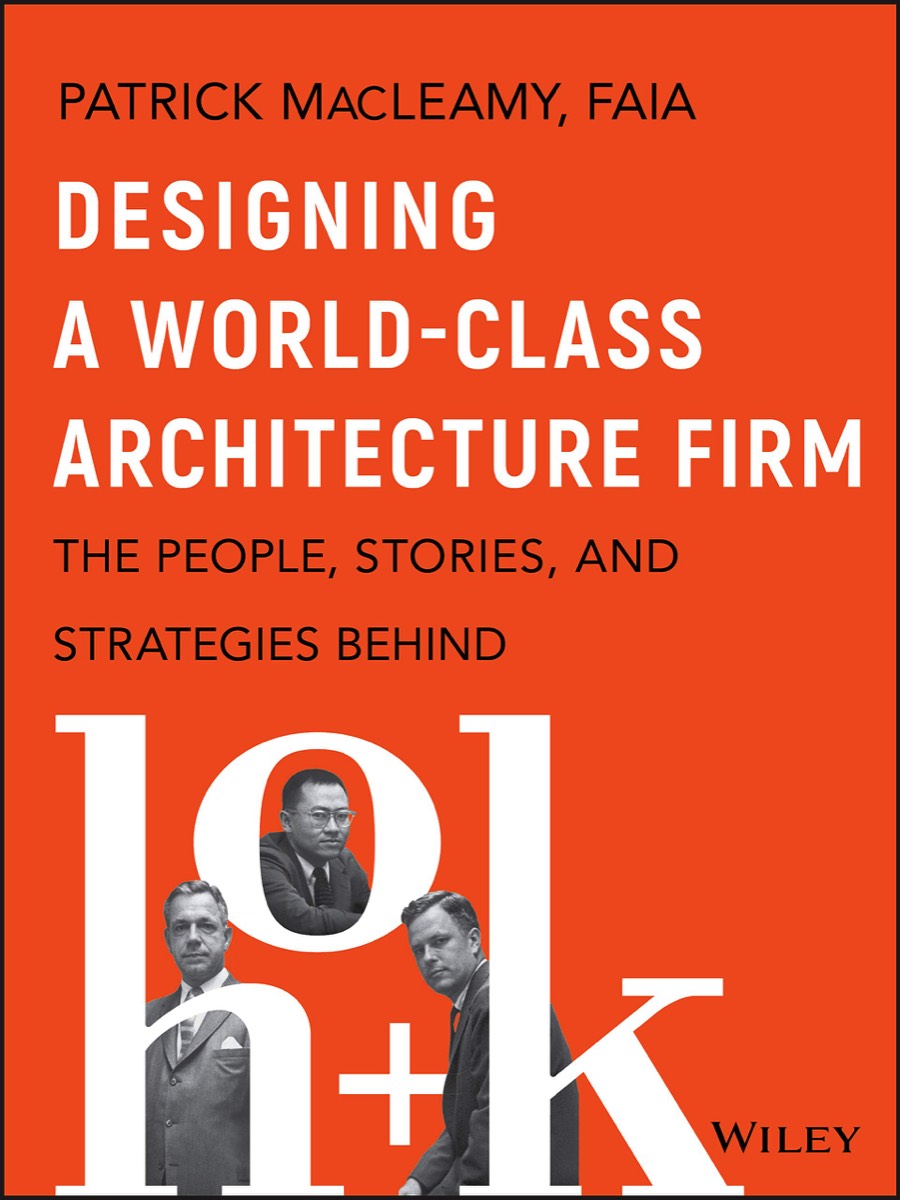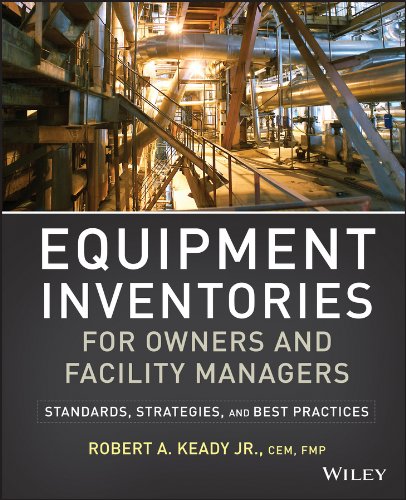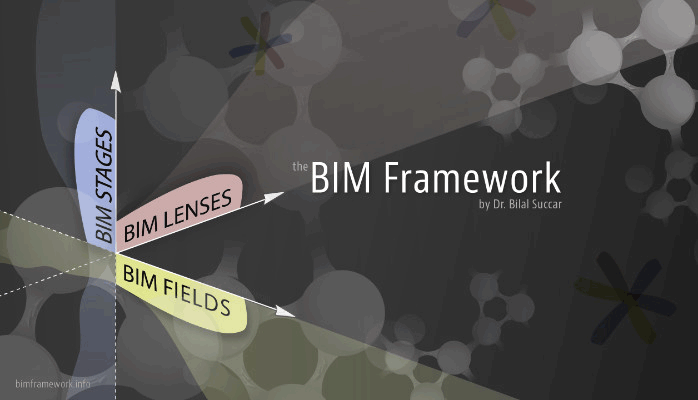LIBRERÍA
RECOMENDADA
LIBRERÍA
RECOMENDADA

Design a World-Class Architecture Firm
The People, Stories, and Strategies Behind HOK
Patrick McLeamy
Offers architects and creative services professionals exclusive insights and strategies for success from the former CEO of HOK.
Designing a World Class Architecture Firm: The People, Stories and Strategies Behind HOK tells the history of one of the largest design firms in the world and draws lessons from it that can help other architects, interior designers, urban planners and creative services professionals grow bigger or better. Former HOK CEO Patrick MacLeamy shares the revolutionary strategies HOK’s founders deployed to create a brand-new type of architecture firm. He pulls no punches, revealing the triple crisis that almost bankrupted HOK and describes how any firm can survive and thrive.
Designing a World Class Architecture Firm tells the inside story of many of HOK’s most iconic buildings, including the National Air and Space Museum, Moscone Convention Center, Oriole Park at Camden Yards, the Houston Galleria and the reimagined LaGuardia Airport. Each chapter conveys lessons learned from HOK’s successes —and failures— including:
- The importance of diversifying to depression-and-recession-proof your firm
- The benefit of organizing your firm around specialized leaders and project types
- The difference between leading and managing your people
- The value of simple financial metrics to ensure your firm’s health and profitability
- The “run toward trouble” strategy which prevents problems from ballooning

Podrás aprender de él en TheBIMForce

Equipment Inventories for Owners and Facility Managers
Standards, Strategies and Best Practices
Robert A. Keady Jr.
How to use industry standards to create complete, consistent, and accurate equipment inventories
The National Institute of Science and Technology estimates that the loss of information between the construction of buildings and their operation and maintenance costs facility owners $15.8 billion every year. This phenomenal loss is caused by inconsistent standards for capturing information about facilities and their equipment.
In Equipment Inventories for Owners and Facility Managers, Robert Keady draws on his twenty+ years of experience in facility management and his intimate knowledge of CSI classification systems and standards to tackle this problem head-on. Using standards already in use in the AEC industry, he provides the road map for capturing everything owners and facility managers need to know to operate and maintain any facility.
This comprehensive, step-by-step guide:
- Explains the different types of equipment inventories and why they are important
- Identifies and describes the types of information that should be captured in an equipment inventory
- Describes and compares the different industry standards (CSI OmniClass™ and UniFormat™; COBie; and SPie) that can be used for equipment inventories
- Provides best practices for identifying and tagging equipment
- Walks through the equipment inventory process with real-world examples and best practices
- Provides the tools for conducting the equipment inventory—tables of all the possible information and data that need to be collected, and fifty maps of workflows that can be used to capture that data immediately

Podrás aprender de él en TheBIMForce

BIM for Building Owners and Developers
Making a Business Case for Using BIM on Projects
K. Pramod Reddy
Use BIM to develop strategies, expedite projects, improve outcomes, and save money. BIM is far more than an "upgrade" to the latest CAD software. It is a process improvement tool that leverages data to analyze and predict outcomes throughout the different phases of the building life cycle. The time for a building owner to get involved with the BIM process is not at the end of the building project but from the very beginning. BIM for Building Owners and Developers is the only guide that will help you, the owner and client, use BIM to increase transparency and create a more integrated design and construction process, which will result in better quality buildings at lower cost and in a shorter time frame. It will also help you understand what BIM can do for you and what you can expect in terms of process and commitments. You'll discover how BIM can help improve your strategic planning, maximize ROI, support the decision-making processes, and fine-tune GAP analysis. In addition, BIM for Building Owners and Developers can help you: * Understand, manage, and take advantage of the BIM paradigm shift * Assemble a building as it would be constructed on site to help eliminate many inefficiencies of the construction process * Achieve a high level of coordination through better integration of information and process optimization * Reduce the overall cost of a project by identifying problems while they still can be corrected inexpensively Make every project easier, faster, and more profitable with BIM for Building Owners and Developers.

Podrás aprender de él en TheBIMForce

The BIM Framework
Dr. Bilal Succar
The BIM Framework blog summarizes conceptual parts (models, taxonomies, classifications, etc.) appearing in published peer-reviewed articles. Each post includes a number of tags (typepad categories) including those identifying the article where the model was first published.
- Papers type A are published peer-reviewed papers with the blog's author (Bilal Succar) being the sole or primary author.
- Papers type B are peer-reviewed papers with the author being a co-contributor (e.g. second or third author).
- Papers type C are reports, position papers or other articles where the author acted as a significant or acknowledged contributor.

Podrás aprender de él en TheBIMForce